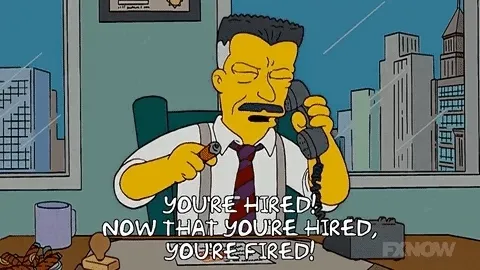The world of work has seen many changes in the last few years and is poised to undergo many more, especially as Gen Z is on track to outnumber Baby Boomers in the workforce this year, according to a Glassdoor’s 2024 Workplace Trends report.
In light of this shift, Scott De Long, founder of executive coaching firm Lead2Goals, urges those who belong to older generations to ditch outdated leadership practices in favor of a more caring, empathetic approach to managing their younger employees in his 2023 book, I Thought I Was a Leader: A Journey to Building Trust, Leading Teams, and Inspiring Change.
He spoke with HR Brew about how people pros can lead more effectively across generations.
The interview has been edited for length and clarity.
What are key takeaways from your book for HR pros?
It was written for, basically, the Baby Boomer leadership folks, like myself, who came up with a command-and-control leadership style in our work, and the recognition that that is not going to work in the future. It is short term—while it may be efficient, [it’s] not a very effective way of leading the newer generations, the Gen Zs and the millennials in particular.
What do you recommend older generations of leaders do instead?
There [are] three principles that I am suggesting that we need to learn to live by. [The] first one being humility, second one being empathy, and the third being vulnerability, [which] aren’t typically leadership-type traits that we grew up with…but they’re going to be required to not only understand and practice, but to get the most out of the people that you have.
One of the things that we do, as older folks, we look at these young people, and we want to point fingers and blame. We say that they’re lazy, that they don’t want to work, that they do [things] differently than we did…We need to learn to try to understand the people that are in our charge, from their point of view…There are certainly things that we have with experience that we can teach the younger generation, but there’s a lot more that they can teach us.
Quick-to-read HR news & insights
From recruiting and retention to company culture and the latest in HR tech, HR Brew delivers up-to-date industry news and tips to help HR pros stay nimble in today’s fast-changing business environment.
Are there any parallels between current HR trends and the trends you discuss in your book?
One of the biggest problems that the HR people have is high turnover rates, and it’s easy to blame people saying: Oh, they have no loyalty. They don’t want to stick around. They’re just job-hopping…We can [change] those turnover rates to lower by being more caring and concerned about the people in our charge. So, when you think about it, finding a new job is stressful. People don’t want to go find a new job, if where they’re working today…shows care and concern for the social issues of the day…care and concern for them as human beings.
This is [how] communications and empathy ties into something called [ethical] listening…I do that in a method that’s called, “ask, not tell.” So, rather than me tell you what to do [and] what I need from you, I need to inquire more and to find out what it is that you know [and] where your thoughts are…Even if I make what I’m going to call a brilliant statement…I’m going to always finish that statement with one question: What do you think? Now, it does a couple things for me. One, I may get new information…but two, and more important than that, it shows that I care about what you have to say. That is a tie that binds people. It’s not like handcuffs, but it’s like encouraging them to want to be around me, my organization, my company.











